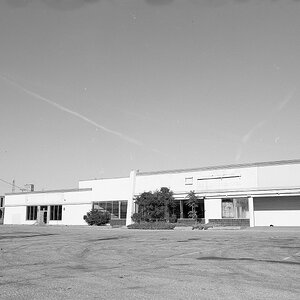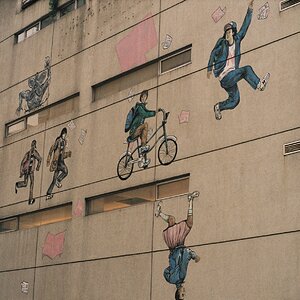Cortian
No longer a newbie, moving up!
- Joined
- Jan 1, 2018
- Messages
- 503
- Reaction score
- 209
- Location
- S.E. Michigan, USA
- Can others edit my Photos
- Photos OK to edit
@limr, I was withholding replies to the C&Cs because I wanted to see if there'd be others. Your observation nailed it, though. What's in that first photo was pretty much what I was looking to get--which was that portion of the bunny's face lit and in focus, with the rest OOF and/or shadowed. And the background OOF.
I believe the reason the eye appears to be OOF is because the surface is dull. If you look closely (I'm looking at 160%, right now) you can see tiny threads, dust spots and surface contamination. Plus, after just cleaning them up a bit, (gets out his magnifying headset...) I'm 99-44/100% certain those are plastic, not glass, so they're not going to get super-shiny, like real eyes, or even glass ones, anyway.
I believe the reason the eye appears to be OOF is because the surface is dull. If you look closely (I'm looking at 160%, right now) you can see tiny threads, dust spots and surface contamination. Plus, after just cleaning them up a bit, (gets out his magnifying headset...) I'm 99-44/100% certain those are plastic, not glass, so they're not going to get super-shiny, like real eyes, or even glass ones, anyway.





![[No title]](/data/xfmg/thumbnail/36/36394-700ff78d7b45c663863e641a9bcf1fe1.jpg?1619737548)

![[No title]](/data/xfmg/thumbnail/34/34142-948c6bafdf60862125009004d5a06e46.jpg?1619736315)
![[No title]](/data/xfmg/thumbnail/35/35265-c9ea3efd2c618a57ea136e63ad106880.jpg?1619736970)
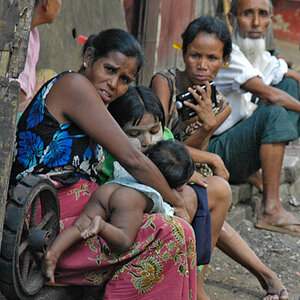
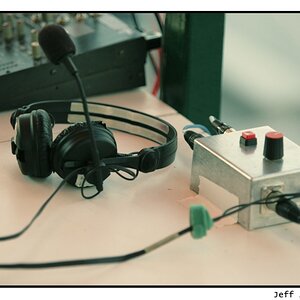
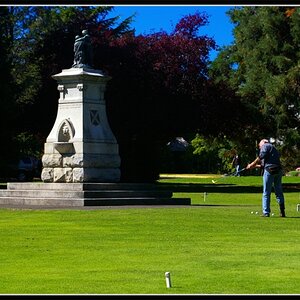
![[No title]](/data/xfmg/thumbnail/42/42275-2ca41f93a172e2e510afb46912a2bb61.jpg?1619740084)
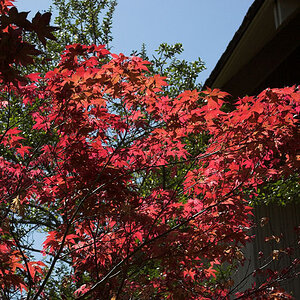
![[No title]](/data/xfmg/thumbnail/42/42276-99df5da06c3e5dc83ae4bab11e935910.jpg?1619740085)
